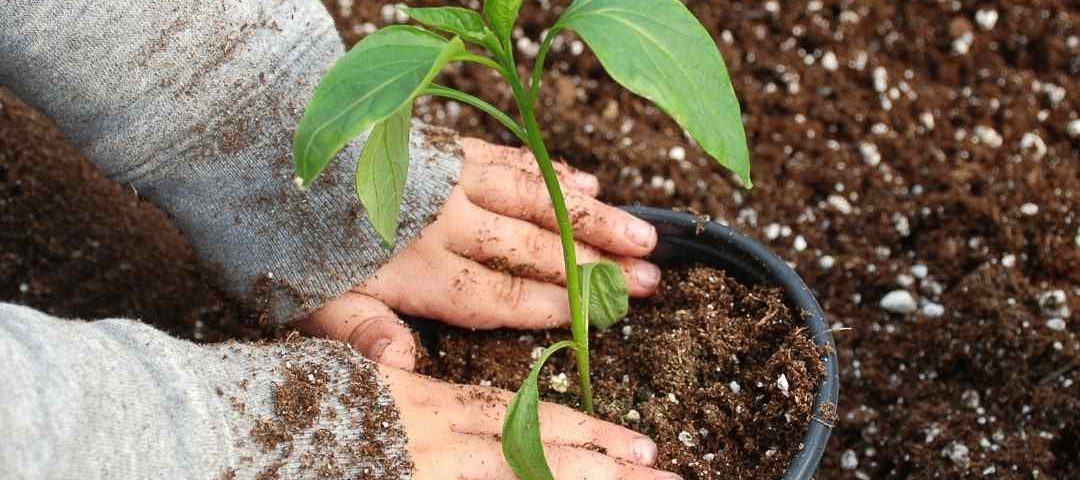This website uses cookies so that we can provide you with the best user experience possible. Cookie information is stored in your browser and performs functions such as recognising you when you return to our website and helping our team to understand which sections of the website you find most interesting and useful.

The Bodyguard Musical | A Review
9th August 2023
The Enigmatic Bullnose Skirting: Elevating Interior Design
9th November 2023Green Lessons: Fun Ways to Teach Your Child About Sustainability

*This is a collaborative post
Our children hold the future in their hands – that isn’t a novel’s plot twist! Instead, this statement simply acknowledges the necessity of teaching our munchkins and sprouts about sustainability – how important it is and why. Let’s explore ways we can turn these green lessons into environmental awareness and responsibility lessons!

Photo by quokkabottles on Unsplash
Introduce Mother Nature!
Before asking our children to save the planet, we must help them love it first! One effective way of doing so is showing them all her splendour! After all, how can anyone truly appreciate what they don’t understand? Start your eco-education by going on regular family outings to parks, vibrant gardens and diverse animal sanctuaries. Let your child feel the sand between their toes, hear birds chirp in the morning sun and witness flowers bloom with vibrant hues – this will get your little one exposed to an abundance of sensory inputs that could provide invaluable learning opportunities! Children that connect with nature tend to care more for it. Like cultivating any friendship, as children get to know Mother Nature better they’ll want to protect her more – not simply telling them why trees are important, but actually helping them climb one.
Books Are Magic Portals!
Books are your secret weapon in this green mission! They act like magical portals that transport your children all over the world without them ever leaving the comfort of their bed! They introduce them to different cultures, ecosystems and species they might otherwise never experience otherwise. There are numerous children’s books that capture the spirit of sustainability, from Dr. Seuss’ “The Lorax” to Jeanne Willis and Tony Ross’s “Tadpole’s Promise”. These stories not only entertain but educate, sparking curiosity and instilling an appreciation of our fragile planet. Through narratives like these, children learn that each action they take, no matter how small, can have a significant effect on the world around them. So add story-time into your ‘eco-education’ sessions; nobody can resist the charm of an engaging book!
Who Wore it Green: Teaching Sustainability through Fashion!
Clothes and shoes offer many pleasures, yet an often forgotten means for teaching kids about sustainability. Let’s begin by emphasising quality over quantity in apparel purchases. Show your child the concept of “less is more,” and introduce them to a capsule wardrobe – a collection of clothing items that don’t go out of fashion and reduce waste, while encouraging creativity (think of all of those mix-and-match possibilities!). This approach can reduce waste while stimulating their creativity (you never know when fashion will change!). Discuss the journey of clothing from raw materials to retail stores, showing its full impact in terms of resources, labour and transportation – not forgetting shoes! Your little Cinderella or Spiderman might be excited about having the latest sparkly sandals or superhero sneakers, but it is essential that they understand the value of quality-made and long-wearing footwear that won’t end up in landfills after only months or so of wear. Froddo offers sustainable children’s shoes which are both stylish and durable – ideal for jumping in muddy puddles and climbing trees!
DIY Projects – Fun with a Lesson
DIY projects are an engaging way for children to learn about recycling. From creating art out of waste materials, building birdhouses from scrap wood, or planting a tree – children will gain invaluable lessons while having fun! The memories made while having these experiences will stay with them throughout their lives.
Farmer’s Market as a Classroom Outdoors
There’s nothing quite as effective when it comes to teaching children about sustainable food practices than visiting their local farmer’s market. Allow your students to see where their food comes from and why supporting local farms helps create a more eco-friendly world.
Conclusion: A Green Path Ahead
Teaching our children sustainable habits may feel like an impossible feat, but its success is essential for our planet’s survival. By employing simple yet fun strategies we can ensure they grow up understanding its importance.


